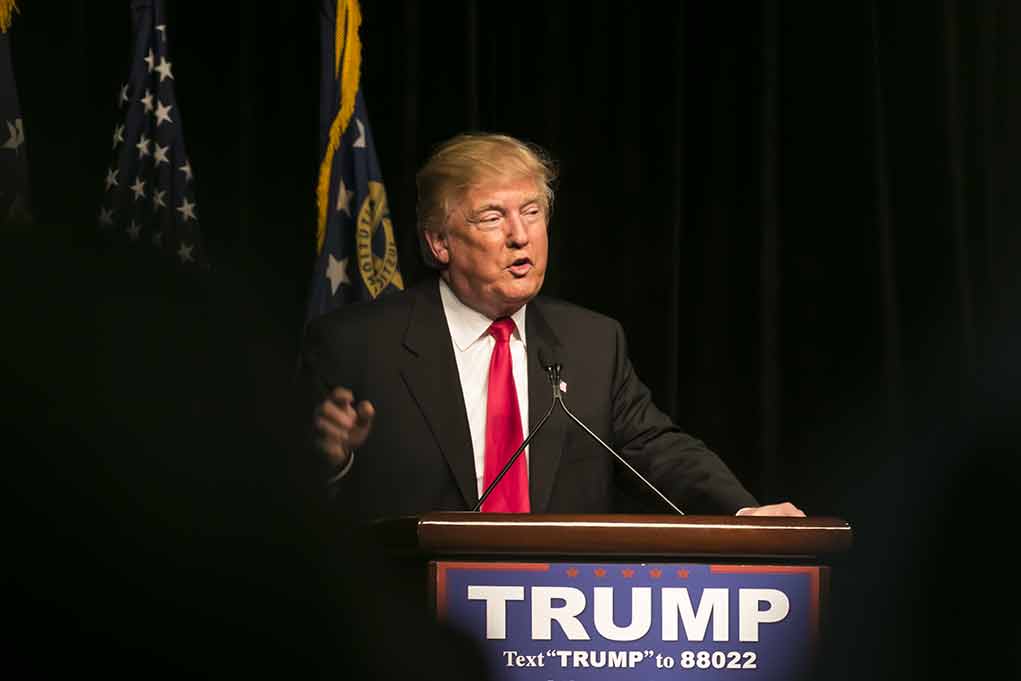
President Trump has once again demonstrated his diplomatic prowess by brokering a ceasefire between nuclear-armed rivals India and Pakistan, ending the worst conflict in half a century despite skepticism from establishment foreign policy experts.
Key Takeaways
- President Trump announced a “FULL AND IMMEDIATE CEASEFIRE” between India and Pakistan following intense fighting that included nuclear threats
- Secretary of State Marco Rubio and Vice President JD Vance played crucial roles in facilitating the agreement, with assistance from Saudi Arabia and Turkey
- Trump’s “peace through strength” approach has earned him praise from supporters who call him the “peace president”
- Despite the ceasefire announcement, multiple explosions have been reported in the region, raising concerns about the durability of the agreement
- The ceasefire followed weeks of hostilities triggered by a gun massacre of tourists that India blamed on Pakistan
Trump Brokers Historic Ceasefire Agreement
After weeks of escalating tensions between India and Pakistan that included missile strikes, drone attacks, and even nuclear saber-rattling, President Donald Trump stunned the world with his announcement of a ceasefire between the two South Asian nuclear powers. Trump posted on Truth Social: “After a long night of talks mediated by the United States, I am pleased to announce that India and Pakistan have agreed to a FULL AND IMMEDIATE CEASEFIRE. Congratulations to both Countries on using Common Sense and Great Intelligence. Thank you for your attention to this matter!” said Donald Trump, President of the United States.
The announcement caught many by surprise, including top officials in New Delhi, according to sources familiar with the situation. The conflict had marked the worst fighting between the two countries in half a century, with both sides engaging in dangerous military posturing that had the international community deeply concerned. Trump’s intervention came at a critical moment when the situation threatened to spiral further out of control, potentially dragging in other regional powers and destabilizing the entire South Asian region.
The Administration’s Peace Through Strength Approach
The successful negotiation of the India-Pakistan ceasefire represents another significant diplomatic achievement for the Trump administration, which has consistently championed a “peace through strength” approach to foreign policy. Secretary of State Marco Rubio and Vice President JD Vance played integral roles in the negotiations, engaging directly with Indian and Pakistani officials to bring both sides to the table. Their involvement underscores the administration’s commitment to active diplomacy backed by America’s restored global influence under President Trump.
“The peace president in full effect,” said Joey Mannarino, a conservative commentator.
The ceasefire negotiations were also facilitated by Saudi Arabia and Turkey, key regional allies who have strengthened their relationships with the United States under President Trump’s leadership. While the specific terms of the agreement have not been publicly disclosed, both Pakistani Prime Minister Shehbaz Sharif and India’s Foreign Secretary Vikram Misri have expressed gratitude for American involvement in bringing about this critical pause in hostilities. This multinational effort highlights Trump’s ability to leverage America’s alliances to achieve concrete diplomatic results.
Challenges to Maintaining the Peace
Despite the initial success of the ceasefire announcement, concerns about its durability emerged almost immediately. Multiple explosions have been reported in the region since the agreement was announced, raising questions about whether both sides are fully committed to honoring the terms. The hostilities were triggered by a gun massacre of tourists that India blamed on Pakistan-based militants, an accusation that Pakistan has vehemently denied. This underlying dispute remains unresolved, creating a fragile foundation for lasting peace.
“The PEACE presidency. This is what Americans need more of,” said Mike Flynn, former National Security Advisor.
The Kashmir region continues to be a flashpoint between the two nations, with both claiming sovereignty over the territory. President Trump’s administration faces the challenging task of converting this temporary ceasefire into a more permanent resolution of tensions. The situation remains precarious, with military forces on both sides still on high alert. Trump’s team is reportedly continuing discussions with both nations to establish more concrete mechanisms for preventing future escalations and addressing the root causes of conflict between these two nuclear-armed neighbors.











